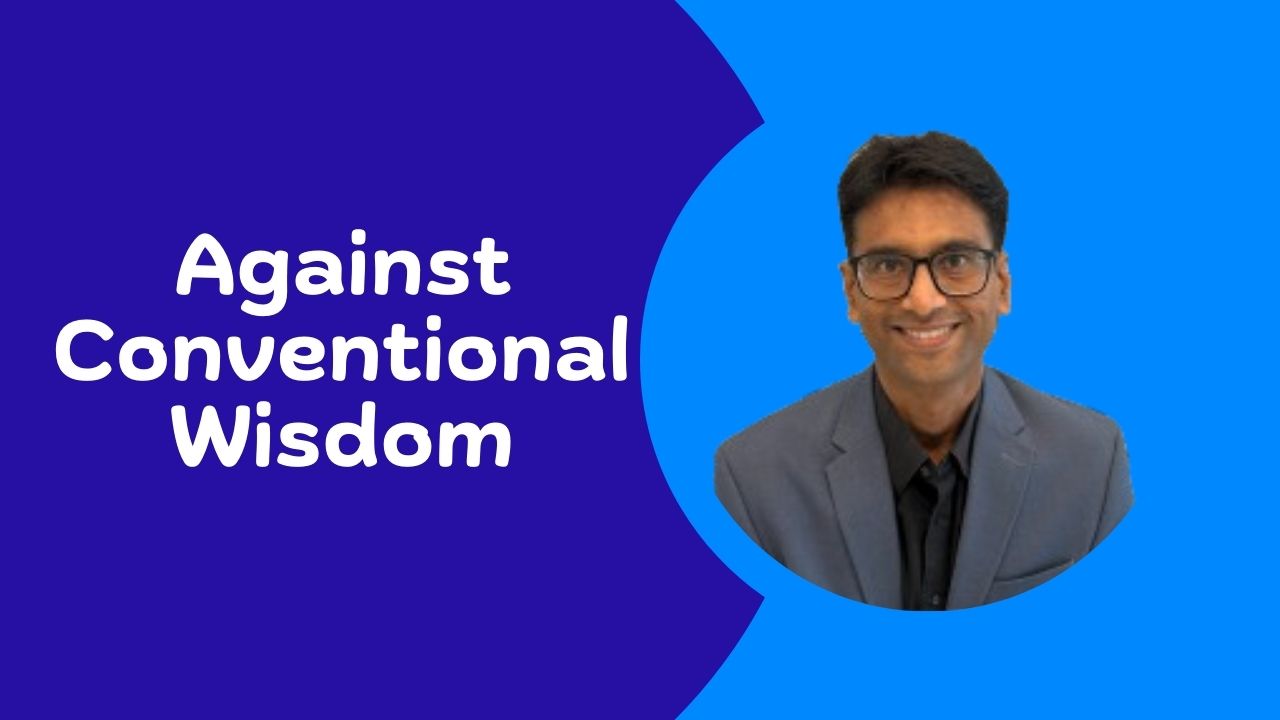We are living in a world where things are changing at a pace that is difficult to keep up with. In such a scenario, as leaders, it is important for us to learn how to deal with complex adaptive systems (which is how organisations and markets function – including us and the people who we lead).
Dave Snowden created the Cynefin framework that helps us understand the kind of system we are operating under and shares the way we could function within the system. I wrote about it last week here.
In this video, Dave shares his perspective on how to deal with a system that keeps throwing unexpected and unanticipated needs at us. This is about an 45 minutes long, but I think every few minutes, he shares insights that can be super useful in our leadership context.
I strongly urge you to block a couple of hours, have a pen and paper (or your pencil and iPad) ready to make notes and watch it slowly and at least twice.
Here are my notes from watching this keynote (thrice):
Interpretations of abstract concepts are better than surveys when it comes to understanding culture in an organisation.
What makes teams and organisations complex is that humans who make up these systems have the 3I’s (Intelligence, Intentionality and Identity), which makes all such systems complex and adaptive in nature.
We only see what we expect to see. This phenomenon is call “Inattentional Blindness”. This is due to the way we have evolved. We have survived and evolved, by creating heuristics, to make quick decisions based on limited data. We usually forget that we made these decisions as clans and tribes and not as individuals.
The concept of “EXAPTATION“. The way evolution has worked is that it would repurpose something that we have evolved in a linear way into something completely unrelated. For example, the dinosaurs evolved to have wings to keep them warm or for sexual display and then repurposed those wings learnt to fly.
A lot of innovation happens this way. You take something that was developed for a specific cause and repurpose it to do something completely different. Then the process of adaptations continues on.
Art comes before language in our evolution. This is also the reason why art and abstraction helps us make novel connections, which is super critical when it comes to creativity and innovation.
Under conditions of uncertainty, it is better to focus on exaptive innovation rather than adaptive or inventive innovation.
A complex adaptive system is an entangled system where everything is connected to everything else and we may or may not know how they are interconnected and are constantly changing. A complex adaptive system is also inherently unknowable system and with no linear material causality. What this means is that we can’t claim that a complex adaptive system will react in a specific way but can say that it the current disposition is that it is more likely to react in one way than the others.
The concept of adjacent possible becomes important to understand when we are trying to nudge a complex adaptive system to behave in a specific way.
What this concept talks about is that we need to understand the tendency of how a system behaves currently and find the adjacent possible position that we can move it toward with minimal spend of energy and make that move rather than create an ideal situation and try to force the system to move in that direction. What this means is that we set a direction of travel (vector targets) rather than a specific end goal.
This is probably why most change efforts or transformation projects fail. They attempt a change that is too big for the current disposition of the system.
When people are working for extrinsic targets, it destroys intrinsic motivation. What this means for us as leaders is that when we are working in a complex adaptive system, it is better to set vector targets rather than have outcome based targets. Even when it comes to vector targets, it is better to run multiple, parallel, small experiments around coherent hypotheses to figure out what works and then scale that up to move towards our targets.
People need to feel they can do small things to make a difference before they’ll listen to a bigger problem.
One interesting way to create a disposition for innovation within a complex adaptive system is to create the conditions that could support exaptation by introducing serendipity within the system. We can be creative about how to introduce serendipity or novelty within the system.
The informal networks within a complex adaptive systems are much more important and influential than the formal networks. Much more work gets done through these informal networks than through the formal hierarchical networks. If we want to have any kind of influence on this complex adaptive system, we need to identify these informal networks and work them.
Conclusion:
Every individual human is a complex adaptive system. So, if we know a lot about how our bodies function, we can learn a lot about how an organsiation or a team or a market functions. One interesting thing about complex adaptive system is that we can’t understand them unless we interact with them. And the way we interact with the system is through multiple, parallel experiments based on coherent hypotheses.


